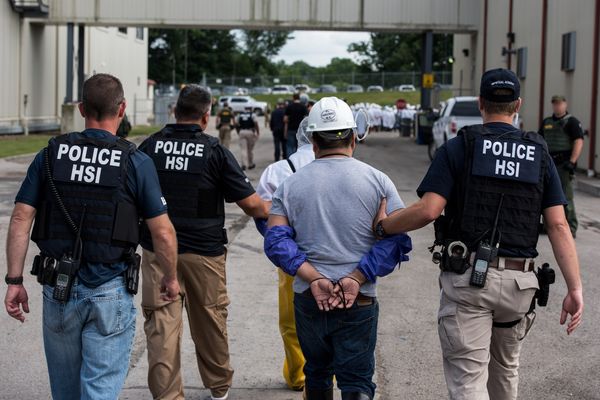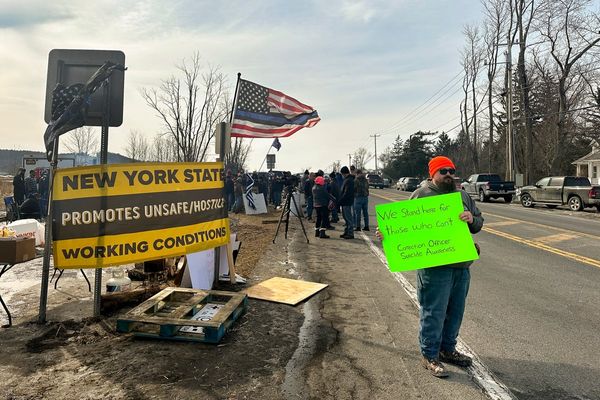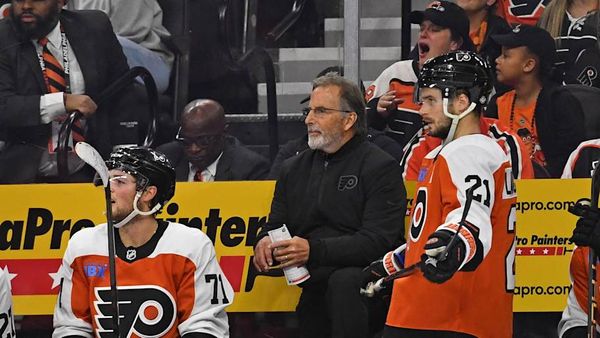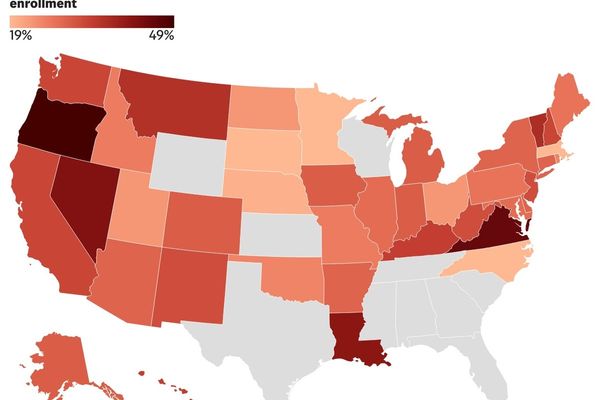In a caravan park on a riverbank, Lisa Carter is getting the kids settled and fed after school.
It is like any other family's afternoon routine, except Ms Carter and her children are living in tents.
The single mother-of-three says there's no realistic prospect of renting with costs so high.
"I don't earn $30,000 a year, and I have kids that go to school so I can only work school hours, so there's no way my income would cover utilities, rent, insurances," she said, as children splash and screech in the caravan park pool nearby.
Ms Carter lost her business and went bankrupt at the beginning of the pandemic when her newly-opened cafe in Perth was shut in lockdowns.
Families left living in tents
On the other side of the caravan park on the banks of Perth's Swan River, James and his wife are also living in a tent with their children.
Both parents work full-time and still can't find a rental.
"It hurts a little bit when you've lived comfortably for so long, out of nowhere this happens," James said.
"It's not a good feeling, especially when you've got three kids as well."
The family's last rental lease was not renewed, and the property was soon readvertised for several hundred dollars a week more.
James said it was exasperating looking at dozens of homes and facing competition from hundreds of applicants.
"Behind closed doors, we're bickering with each other, even you can see it in the kids. It's not a nice feeling, it's a lot of pressure. It's stressful," he said.
One million households forecast to suffer
These families are among 640,000 Australian households in housing stress, according to new analysis by the UNSW's City Futures Research Centre.
The analysis drew on the latest census data from 2021, and defines housing stress as households with no home, or living in overcrowded or expensive rentals costing more than 30 per cent of income.
Unmet housing needs are highest in capital cities, and particularly acute in Sydney and Brisbane, as well as regional Queensland.
The analysis shows families were also over-represented in unmet housing needs, accounting for half of the housing-stressed households.
Community Housing Industry Association chief executive Wendy Hayhurst said the number of households in housing stress was projected to reach almost a million by 2041.
"It's about 940,000 households will be in housing stress by 2041, so that's a substantial amount of the Australian population," she said.
The analysis found inner Sydney has some of the highest rates of housing stress.
Leonie King is the chief executive of City West Housing, a community housing provider in inner Sydney.
Ms King said City West Housing's waiting list had doubled from 700 to 1,400 people in the last 18 months.
"I've never seen the need or demand so acute," she said.
Ongoing affordable housing funding
The UNSW analysis highlighted the need for a steady supply of non-market housing, such as social and affordable homes.
"Meeting the needs of households over twenty years would equate to a 6.5 per cent average annual growth in non-market housing," the report read.
"This averages to around 47,000 homes per year over the period."
The federal government recently announced plans in the budget to build one million affordable homes by 2031.
The majority of the money was expected to come from institutional investors, such as superannuation funds.
The Commonwealth will directly support the construction of 45,000 social and affordable homes in that time, 30,000 of which will come from the Housing Australia Future Fund, and states and territories are also contributing.
Wendy Hayhurst said funding and the focus on affordable homes needed to be ongoing to meet housing needs and provide certainty to private investors.
"What is on the table at the moment in combination with the states is a great down payment, but don't stop," she said.
"What we want to see is that sort of program continues year-on-year, so we're not in this stop-start thing, where we have a program, we build the homes and we don't do anything for a number of years, and we wonder why the housing stress doesn't go down."
Ms Hayhurst said social and affordable housing only made up about 4 per cent of Australia's housing market, compared to more than 15 per cent in the United Kingdom.







